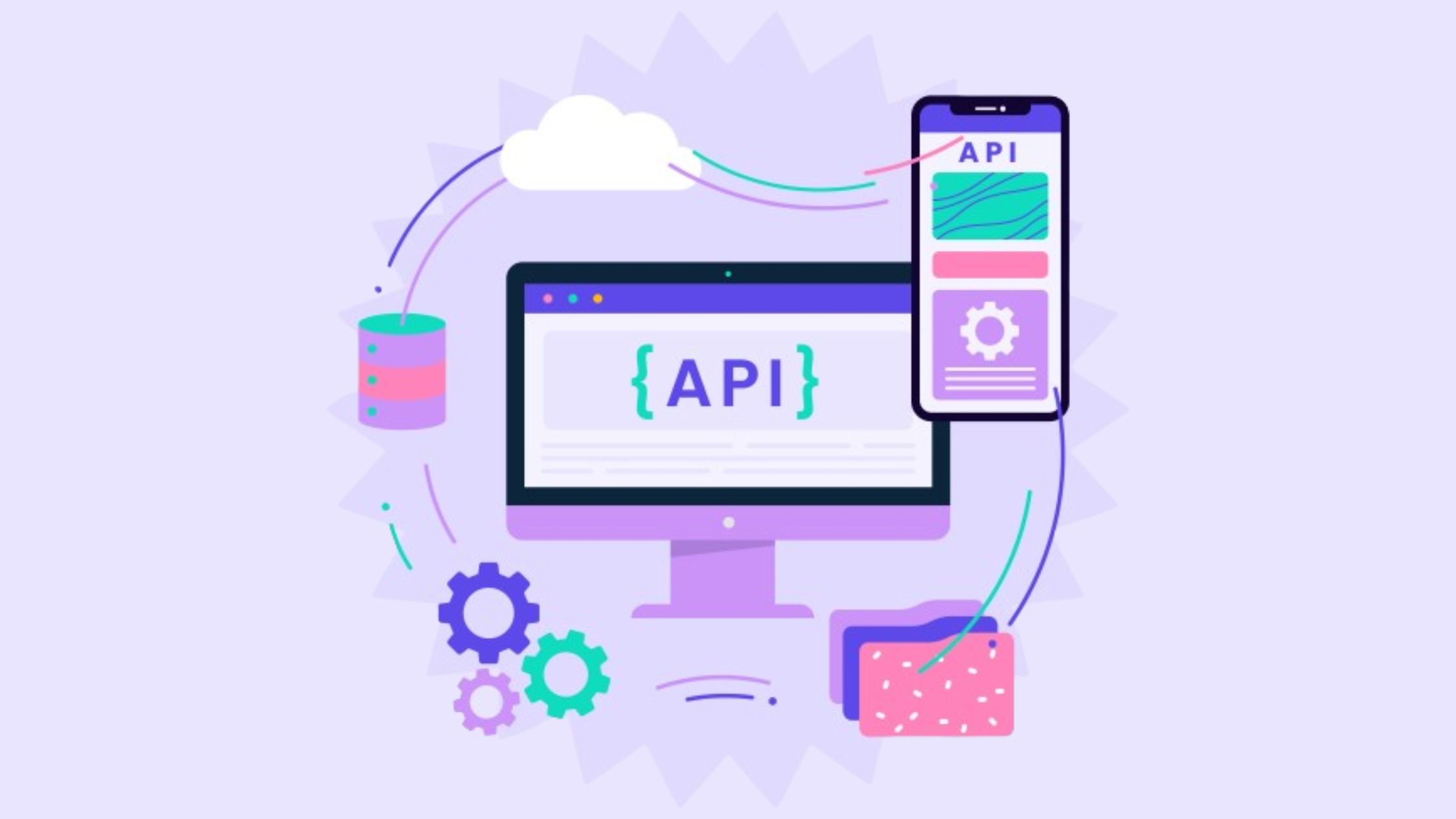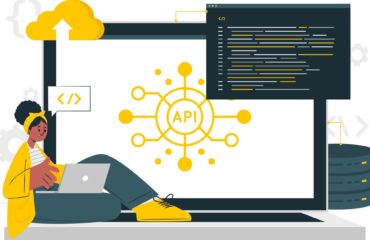
In the world of web development, APIs (Application Programming Interfaces) play a crucial role in enabling communication between different software systems. Among the various API design styles, RESTful APIs have gained popularity for their simplicity, flexibility, and scalability. In this beginner’s guide, we’ll explore the principles and guidelines for designing efficient and maintainable RESTful APIs.
What Is A RESTful API?
REST (Representational State Transfer) is an architectural style for designing networked applications. A RESTful API is an API that follows the principles of REST, leveraging standard HTTP methods (such as GET, POST, PUT, DELETE) and resource-based URLs to perform operations on resources.
Principles Of RESTful API Design

Resource-Oriented Design: In RESTful API design, everything is treated as a resource. Resources represent entities or objects in your system, such as users, products, or documents. Each resource should have a unique identifier (URI), and interactions with resources should be performed using standard HTTP methods.
Use of HTTP Methods: HTTP methods (GET, POST, PUT, DELETE) should be used to perform CRUD (Create, Read, Update, Delete) operations on resources. For example:
GET /users: Retrieve a list of users.
POST /users: Create a new user.
PUT /users/{id}: Update an existing user.
DELETE /users/{id}: Delete a user.
Consistent Resource Naming: Resource URLs should be descriptive and follow a consistent naming convention. Use plural nouns to represent collections (e.g., /users, /products) and singular nouns for individual resources (e.g., /users/{id}, /products/{id}). Avoid exposing implementation details or verbs in URLs.

Statelessness: RESTful APIs should be stateless, meaning that each request from a client to the server should contain all the information necessary to process the request. The server should not store any client state between requests. This allows for better scalability and fault tolerance.
Use of HTTP Status Codes: HTTP status codes should be used to indicate the outcome of API requests. Common status codes include:
200 OK: Successful request.
201 Created: Resource successfully created.
404 Not Found: Resource not found.
500 Internal Server Error: Server encountered an unexpected condition.
Best Practices For Designing Maintainable APIs:
Versioning: Include versioning in API URLs (e.g., /v1/users) to ensure backward compatibility and allow for future changes without breaking existing client implementations.
Documentation: Provide comprehensive documentation for your API, including endpoint descriptions, request/response formats, authentication requirements, and usage examples. Tools like Swagger or OpenAPI can help generate interactive API documentation.
Authentication and Authorization: Implement secure authentication mechanisms (e.g., OAuth, JWT) to control access to your API resources. Use authorization mechanisms to enforce permissions and restrict access to sensitive data.
Validation and Error Handling: Validate incoming requests to ensure data integrity and consistency. Use meaningful error messages and status codes to communicate errors to clients effectively. Handle exceptions gracefully and provide appropriate error responses.
Pagination and Filtering: Implement pagination and filtering mechanisms for endpoints that return large datasets. Allow clients to paginate through results and filter data based on specific criteria to improve performance and usability.
Rate Limiting: Implement rate limiting to prevent abuse of your API and protect against denial-of-service attacks. Set sensible rate limits based on the needs of your application and API consumers.
Conclusion
In this beginner’s guide, we’ve covered the principles and best practices for designing efficient and maintainable RESTful APIs. By following these guidelines, you can create APIs that are intuitive, scalable, and interoperable, enabling seamless communication between different software systems.
As you embark on your API design journey, remember to keep the user experience in mind and prioritize simplicity, consistency, and reliability. With careful planning and adherence to best practices, you can build APIs that empower developers to create Innovative Applications and Drive Digital Transformation.



Well summarized